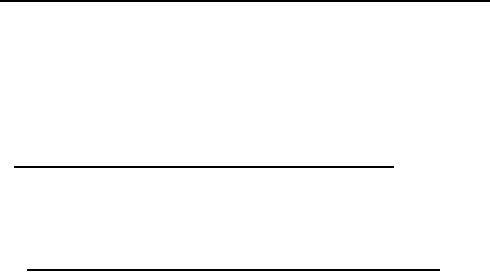
JOTP-011
5 December 2014
APPENDIX C. ENVIRONMENTAL TEST DESCRIPTIONS
ANNEX 2. DYNAMIC TESTS
c. Test Temperature: Temperature condition the test munitions prior to, and during shock
testing. Stabilize at +21 °C.
d. This test should be conducted as a non-sequential test on a single tactical transportation
package if the criteria is `safe for disposal', or during the LCEP life cycle test sequence on selected
munitions if the criteria is `safe for use'.
C.2-4 LOGISTIC AIR TRANSPORTATION DYNAMICS MILITARY.
Military Air Transportation Dynamics addresses the mechanical environments that may be
encountered during military transportation by fixed wing aircraft (propeller and jet) and
helicopters. All tests under these sections must be completed in order to satisfy the S3 objectives
for Military Air Transportation unless the mode of transportation is not applicable to the munition
under test.
C.2-4.1 Fixed Wing Aircraft Cargo Transportation Vibration.
Fixed Wing Aircraft Transportation includes both Turboprop and Jet Aircraft Vibration as
described in the following paragraphs.
C.2-4.1.1 Fixed Wing Turboprop Aircraft Transportation Vibration.
Perform vibration testing in accordance with MIL-STD-810, Method 514 using the following test
parameters:
a.
Munition Configuration: Packaged.
b. Test Level: MIL-STD-810, Method 514, Annex C, for `Propeller Aircraft' for C130K
(4-blade, f0=68 Hz) and C130J (6 blade, f0=102 Hz), with L0 = 1.2 g2/Hz for f0. Other aircraft
types may be added if their fundamental blade passing frequencies (f0 component) are known.
c. Test Duration: The test should be conducted for a total test duration equivalent to the
flight duration specified in AECTP 100, Annex E, Appendix 1 for transportation by `Turboprop
Aircraft' for either Land Vehicle Mounted Missiles or Sea Launched Missiles. Based on the
current versions of AECTPs 100 and MIL-STD-810, the test duration is one hour per axis as
calculated in Table A-3. The test duration for a stated axis should be split such that each set of
blade passing frequencies are addressed equally. (For C130 only, this would require the total test
duration to be divided equally between the two blade passing frequencies of 68 Hz and 102 Hz).
d. Test Temperature: Temperature condition the test munitions prior to, and during
vibration testing. Stabilize all cold munitions to -46 °C, and all hot munitions to the packaged
SRE temperature.
C.2-8
For Parts Inquires call Parts Hangar, Inc (727) 493-0744
© Copyright 2015 Integrated Publishing, Inc.
A Service Disabled Veteran Owned Small Business